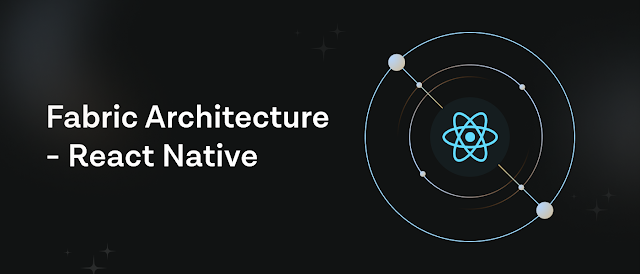Flutter and Firebase Integration for Real-Time Apps
Flutter and Firebase Integration for Real-Time Apps Flutter and Firebase are a formidable pair when it comes to developing dynamic, scalable, and real-time mobile applications. Firebase is a complete mobile development platform that provides services hosted in the cloud for app data storage, authentication, and other purposes. A well-liked open-source framework for creating cross-platform apps is Flutter. In this guide, we'll look at integrating Firebase with a Flutter app to create real-time apps. Creating a Firebase Project First, you must create a Firebase project before integrating Flutter with Firebase. How to approach it: 1. By going to the website, you can use your Google account to log in to Firebase. 2. Choose the "Go to Console" button. 3. Choose the "Create a project" button. 4. Give your project a name and select your nation or region. 5. Enable Google Analytics (optional) for your project. 6. Choose the "Create project" button. 7. On the p...














